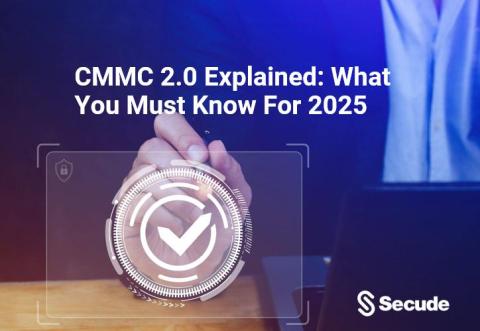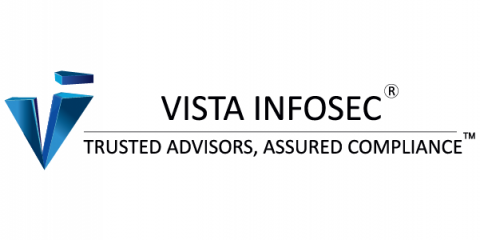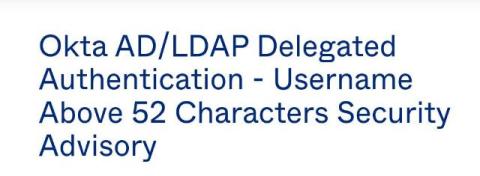CMMC 2.0 Explained: What You Must Know For 2025
With the final CMMC rule published, here’s a summary of everything you need to know for your CMMC Level and when. Another step closer. After more than seven years in the making, the US Department of Defense (DoD) finalized a rule establishing the Cybersecurity Maturity Model Certification (CMMC) program and outlining how it will work. The final program rule was published in the Federal Register on 15 October and will go into effect on 16 December.











